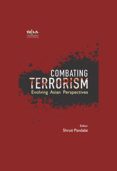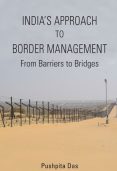Beyond Stereotypes: Contours of the Transition in Jammu and Kashmir
This study aims to highlight the contours of transition in Jammu and Kashmir. The study assays the issues and challenges that were highlighted during the three crises in the State since 2008. It analyses the immediate as well as long-term response of the government to these challenges.
Who Sets the Agenda? Does ‘Prime Time’ Really Pace Policy?
At a time when the country is seeing crises - political, social and moral, the role of the media is rising in perception as never before. But how much does 'prime time' in the era of 24 hour news coverage actually impact policy? This monograph unpacks the perceived influence of the media in specific foreign policy episodes and argues that while it has introduced accountability and real-time responses to issues, it still has not been able to establish long term policy impact.
Coastal Security: The Indian Experience
This monograph aims at understanding India's approach towards coastal security as it has evolved since Independence. It describes the kinds of threats and challenges that India's coasts have been facing, or are likely to face in future. It critically analyses the various strategies and polices that the Indian government has devised over the years as a response to these threats and challenges.






